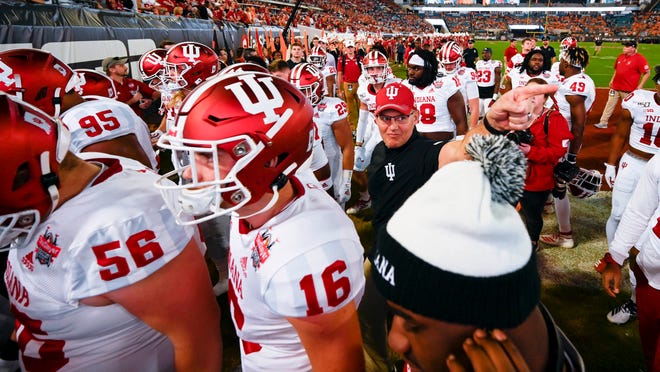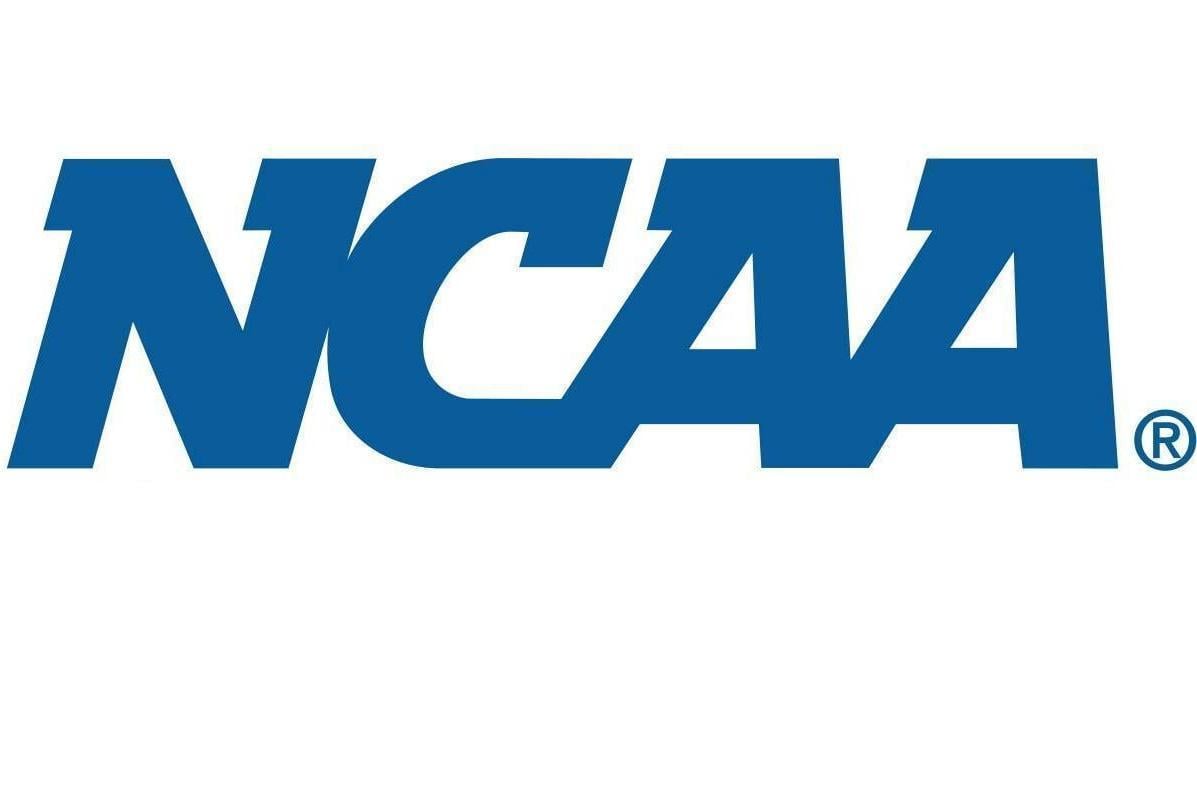More than a third of NCAA tournament teams say they are not making a profit transfer

The debate over whether the NCAA should pay its students-athletes is one of the things that has been going on for a long time, even though it has certainly attracted steam over the past few years.
You might recall the battle between Ed O’Bannon and NCAA over using player-like features in NCAA-branded games. On a related note, you may also have noticed that no college video games have been released in the past year – in any sport. O’Bannon appealed the incident on Tuesday, trying to get some sort of justice for his former and current NCAA athletes.
John Oliver did a hilarious clip on the NCAA recently, showing multiple clips of President Mark Emmert claiming that these are “amateurs” and “students, not athletes”, in an effort justify why they don’t get paid.

So would it shock you to find out more than a third of all the teams that took part in this year’s NCAA tournament actually didn’t make any money last year?
That’s right: 23 out of 68 NCAA’s league teams turned in profits of $0 or less last year. That’s only about 34%.
Five of the league teams this year have reported negative net losses during the 2013-14 season. West Virginia lost the most $2.2 million , with Notre Dame right behind them $2 million. Oklahoma, Davidson and UC Irvine also reported losing money last year.

Georgetown, Cincinnati, St. John’s and Baylor all reported spending as much money as they had made, earning exactly no dollars . Each seed number 15 and 16 report the same. Butler embarrassed them, turning their huge profits up to $1.
Of course, some minor caveats do exist. These are groups that produce their own spending habits as part of the Equity in Athletics report, which is required for any school receiving financial aid. And teams that can spend quite extravagantly, especially larger programs have seen a lot of success. In Oliver’s video, for example, the training facility for Alabama football was shown. Room features a large-screen TV, video game system and hot / cold swimming pool for recovery of sore muscles.
Additionally, Cincinnati’s sporting director Mike Bohn says that while the numbers are accurate, zero returns do not necessarily mean schools are in dire straits. He claimed that Bearcats set a 10-year high for attendance and saw a 35% increase in overall sales. While that leads to more revenue, Cincinnati also spends more money on making things better for its student athletes, according to Bohn. Players can get better food or be able to fly first class on charter flights, as a kind of privileged system for the revenue they bring in.
Schools may also submit data in inconsistent ways. For example, a university might allocate different revenue to different programs – let’s say their basketball team makes a certain amount from sponsorship or TV revenue, when they actually earn more or less than that.
We will also thank those who make money. Here are the top 10 most profitable teams on this year’s tour:
- Louisville – $24.2 million
- Arizona – $17.7 million
- State of Ohio – $15.3 million
- UNC – $13.6 million
- Duke – 12.8 million dollars
- Wisconsin – $11.8 million
- Indiana – $11.1 million
- Kansas – $9.8 million
- State of Michigan – $8.5 million
- Arkansas – $8.1 million

